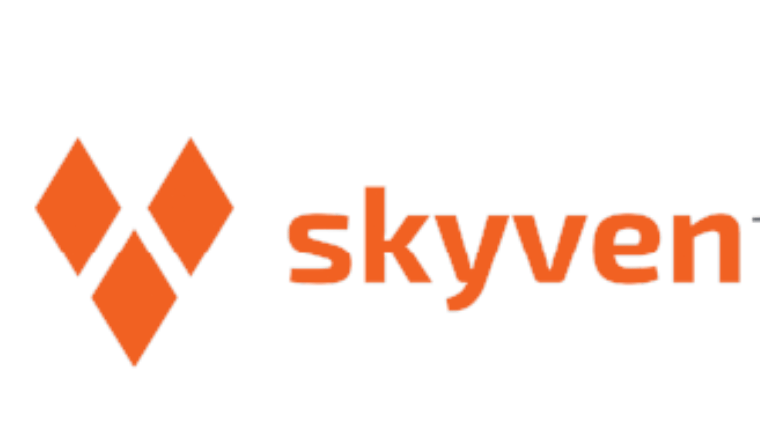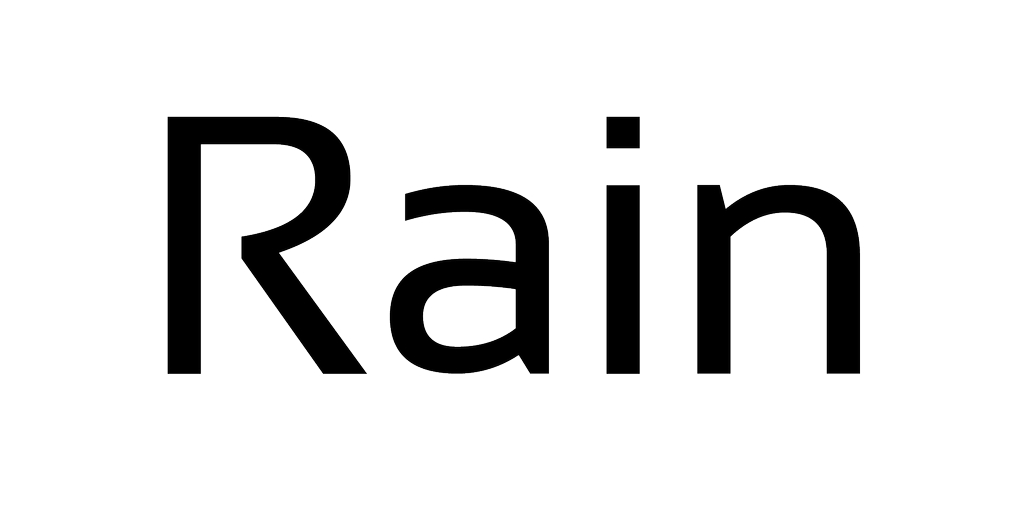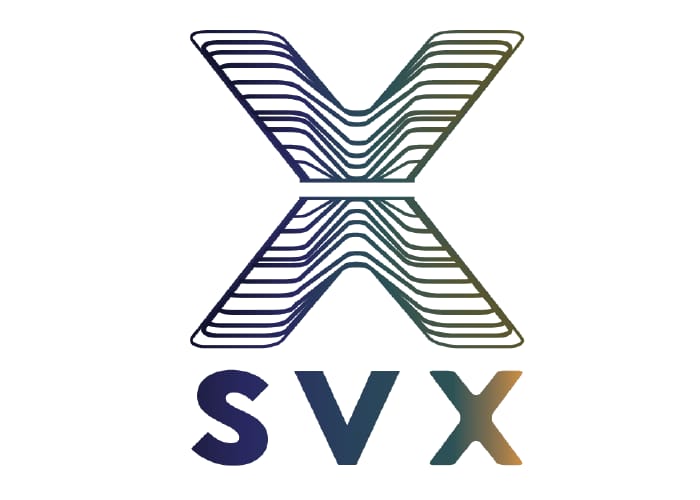It’s no secret that home electrification technologies are beating out fossil-fuel based systems on both cost and performance in many areas of the world. As such, residential electrification is a growing priority for policymakers, utilities, and homeowners alike in efforts to lower costs and establish more efficient and resilient home energy systems. Heat pumps (mostly air source but also ground source) and heat pump water heaters have become the modern centerpieces of these efforts, alongside induction stoves, heat pump dryers, solar, batteries, and EV chargers. With the ability to deliver efficiency gains of 200 - 500% (COPs of 2-5+), the opportunity for HVAC and building electrification in general is dramatic. Last year, air-source heat pump sales outpaced those of gas furnaces by 37% in the U.S; or as one article puts it, “Heat pumps keep getting hotter.” The market for residential heat pumps, already nearly $40B, is set to grow at a CAGR of 14% through 2032.
To help understand how residential electrification may play out over the next decade, we will first draw lessons from residential solar’s growth, then dive into VoLo Earth Fund I portfolio company Zero Homes. We’ll conclude by discussing a few of the market accelerants and the potential future of residential electrification.
Sometimes we need to look backward to look forward. Between 2010-2023, cumulative residential solar energy capacity installs grew by a factor of 54x.
Early solar startup pioneers like SolarCity and Sunrun navigated key challenges and opportunities that offer transferable lessons for today’s electrification landscape. Automation startups like Aurora Solar targeted soft cost reductions that enabled continued hypergrowth in the sector. Both Kareem and our newest team member Nicole Lombardo spent much of their careers in the trenches of residential solar, building the above companies. Drawing on this experience, our team reflects on some of the key dynamics that could shape the future of residential electrification.
Consumer Education: Solar companies worked closely with community leaders to showcase the tangible benefits of solar, like cost savings and environmental impact. Electrification programs can replicate this by engaging communities with clear messaging and demonstrations of how upgrades improve homes and neighborhoods and increase energy savings.
Public-Private Partnerships: In cities across the US, collaboration with the local municipalities to educate residents, streamline permitting, and spotlight incentives and/or savings showed how public-private partnerships accelerated solar adoption. Similar collaborations for electrification can unlock funding, simplify processes, and align programs with local goals to drive rapid deployment.
Word-of-Mouth Advocacy: Engagement with early adopters of both cash and financed solar systems in places like Portola Valley created a ripple effect, where satisfied customers became advocates within their communities.
Localized Strategies: Solar companies identified markets with the highest needs and savings, and aligned with communities’ cultures and interests, which demonstrated the power of localized strategies. For electrification, tailoring programs to fit the unique needs and characteristics of each community—be it urban, suburban, periurban, or rural—can make solutions more relatable and impactful.
Cost Reduction, Digitization, Quality, and Simplification: Leveraging the power of digital and AI to automate processes and simplify adoption is paramount. Customer acquisition costs in the US remain high in both solar and broader electrification, which must be lowered for economic-led mass adoption. Solutions must be drop-in and easy to use for partners and consumers, and providers cannot compromise on system quality, customer experience, or economic viability.
Some of these learnings can offer a blueprint for scaling residential electrification solutions available to us now.
Case Study: Zero Homes
VoLo Earth portfolio company Zero Homes is a tech-enabled platform for residential electrification. At the core is technology that automates and optimizes the assessment, design, and sale of a home electrification project, with a focus on heat pumps, heat pump hot water heaters, solar, EV charging, batteries, and other products. Zero is quickly emerging as the leader in the early stage landscape, pursuing some key elements of the learnings from solar identified above:
Cost Reduction, Digitization, Quality, and Simplification: How Zero is simplifying and automating the process to increase accessibility
Zero leverages AI and machine learning to streamline assessments, reduce costs, and simplify the process for homeowners. Zero allows customers to use their own phone or tablet to scan a home from the inside, and then builds a 3D model of the home. This 3D model enables Zero to fully automate a Manual J calculation and report, which is used to determine the heating and cooling loads for residential and commercial buildings. The automated Manual J is then used in an optimization analysis to size appropriate home equipment and to build an optimized solution to homeowners which can be coupled with various sales proposals.
Public-Private Partnerships: Utilities and municipalities are emerging as key partners for effective distribution.
Utilities are motivated to electrify homes and to increase energy efficiency to better manage grid demands. Zero is partnered with Tri-State utilities, a wholesale power supplier which provides electricity for 41 utilities. While Tri-State owns the end user relationships, “Zero Homes is the operating partner for the program, providing digital assessments to educate homeowners on opportunities to improve the comfort of their home, save on their utility bills, and help them easily move through the installation process.” (Tri- State)
Municipalities similarly benefit from better infrastructure planning, local economic development, and increased energy resiliency. Zero Homes is partnered with the City of Los Altos Hills in California, where the Company is electrifying 2,800 homes with all-electric equipment, as well as the City of Chicago, where it is focused on electrifying hundreds of homes in the city’s LMI communities.
Beyond exemplifying how public-private collaboration can drive scalable energy solutions, these also highlight the opportunity for low-CAC, profitable business models for residential electrification players. We have observed numerous startups focused on servicing contractors or going directly to consumers - given the regional dispersion and long tail of local installers, we gained conviction on Zero Home’s ability to leverage partnerships and advanced software to reduce CAC and scale a national solution, locally.
Consumer Education and Word of Mouth Advocacy: Using heat pumps as a wedge for broader electrification
Meanwhile, players like Zero Homes can utilize a high-value wedge (like heat pumps) to build consumer trust. This sets a foundation for broader electrification. Homes often represent an individual’s most valuable asset, and undertaking any form of home renovation or upgrade is rarely short of overwhelming. Customer trust and loyalty will define the winners of home electrification, with significant opportunity to those who do it right.
Zero Home’s year in review offers a deeper look at their work with LMI communities, large scale partners, and industry recognition of its digital platform capabilities.
Foundations for Adoption
Residential electrification is at a pivotal moment, sitting roughly a decade behind solar adoption. However, these new technologies are able to grow from a foundation of technical and social enablers that were not present during the rise of solar. For example:
Software and data: Residential electrification will benefit from advancements in AI, ML, 3D modeling, imaging technology, and significantly broadened accessibility and utilization of public data. For example, Grant Gunnison, Zero Homes’ CEO, is an MIT-trained engineer who left a career in satellite communications and remote imaging at NASA to launch Zero.
Smart Homes: Renew Home, a recent merge between Google’s Nest Renew and OhmConnect, exemplifies the potential of the smart devices existing in 45% of US Homes. Nest Renew helps users save money by shifting HVAC energy use to cheaper or cleaner power, while OhmConnect incentivizes homeowners to reduce energy consumption during peak times - saving energy costs and enhancing grid stability. Renew showcases how new players can shape the industry; “In California and New York, it works with electricity utilities like PG&E; in Texas, it is itself an electricity provider.”
Battery storage and home batteries: In the case of home battery systems, the ability to couple technologies with batteries allows homeowners to store excess solar power or take advantage of lower-cost electricity during off-peak times. The ability for homes to operate independently during outages or grid instability is a growing purchase driver. As battery technology improves - driven by advancements across sectors - home batteries are becoming more affordable, efficient, and accessible.
EV charging infrastructure: EVs bring with them charging infrastructure, which often prompts homeowners to consider additional electrification technologies like solar panels or heat pumps. This is a prime example of mutual reinforcement, where the adoption of one technology drives the adoption of others. For example, a National Renewable Energy Laboratory (NREL) study highlights this dynamic: 25% of EV owners also have rooftop solar, compared to just 8% of non-EV owners.
A driver for residential electrification is the broader push towards energy independence and resiliency, as noted by Renew Home’s intent to become a leader in Virtual Power Plants and in our newsletter on Rural America and the Energy Transition. Meanwhile, unlike earlier technologies that primarily reached affluent households, research shows heat pump adoption is now largely income-agnostic as costs decline. And, finally, heat pumps and next-gen HVAC, like Blue Frontier, also enhance comfort with steady heating and superior humidity control, illustrating how ‘co-benefits’ increasingly drive decarbonization.
So, what could this future look like?
There are significant steps required to make home electrification a no brainer for homeowners globally, in terms of cost and access. But early adopters, like our founding Managing Partners Kareem and Joe, provide a signal for what this could look like. They have both transformed homes into high-efficiency and net-zero structures, with the following technologies:
Kareem’s family summer home - Jamestown, RI
7.2 kW PV system
400W Phono Solar modules
SMA Sunny Boy 6.0 inverter
30 kWh of storage capacity
Enhanced safety
47 EER, 5.2 COP
Two 500’ vertical geothermal ground loops (closed)
Joe’s home - Snowmass Village, CO
8.3 kW PV system
320W Canadian Solar modules
Sole Edge inverters + optimizers
27 kWh of storage capacity
The outcome? Fully electric homes with combinations of geothermal heating and cooling, electric/induction cooking, on-site solar generation, backup battery power, and $0 electric bills. In fact, for both Kareem’s home in Rhode Island and Joe’s home in Colorado, the utility stores a running credit, which can be utilized in winter as an offset when the home is a net energy consumer on certain days (vs a net energy producer). And both homes integrate key technologies in residential electrification.
PORTFOLIO
Battery Materials Innovation
Sepion signed a MOU with Senior Tech (300568.SZ) to upgrade the battery separator line supplied to Contemporary Amperex Technology, LG Energy Solution, Samsung SDI, Northvolt and Volkswagon Group.

Industrial Heat Decarbonization
Skyven announced a $70M co-development and project finance agreement with Kyotherm, a renowned financier of renewable thermal energy projects.
The co-development is structured to "seamless integrate” each aspect of Skyven’s novel Energy-as-a-Service model - establishing Kyotherm as Skyven’s one-stop shop to deploy its technology across the US.
As this article summarizing an interview with Skyven beings, “Unlocking project finance is the holy grail for new climate technologies.”

Autonomous Wildfire Detection and Suppression
Our hearts are out to those affected by the fire in Los Angeles. Rain is working diligently with the State of California to minimize continued devastation from wildfires, including towards a first-in-the-nation pilot program to test autonomous firefighting helicopters focused on deployment in conditions when winds are too high for drones or human pilots.

Transforming Lithium-Ion Production
SVX CEO Virginia Klausmeier authors an article for the World Economic Forum focused on how we can “future-proof the energy industry through sustainable regional battery production” She emphasizes themes we’ve addressed in our newsletters; “Whereas past investments in energy security have seen countries securing oil and natural gas supplies via regional production and processing, strategic reserves and/or diversification of sources, today governments are working to secure regional battery supply chains that are not vulnerable to geopolitical conflicts or logistical issues .

Commercializing Solid-State Batteries
ION Storage “supercharges leadership team to accelerate commercialization of its solid-state battery” with three new executive hires. These new hires bring decades of battery and energy experience and complement the existing leadership team (including co-founder and CTO Dr. Gregory Hitz) to accelerate ION’s progress into new chapters of growth.
And, if video is your preferred format, Nth Cycle’s Year in Review is worth the quick watch. The quick summary? In 2024, Nth Cycle became the first company in the United States to commercialize critical metal refining from scrap and to produce premium Nickel Cobalt MHP - all in a facility built under 12 months.
And for a longer video, hear from Udi, the CEO of Daanaa, on just how this chip, indeed, “could change EVs, AI & Energy Forever.” Daanaa’s technology brings the potential to reverberate throughout multiple industries - queue up Udi as your next morning podcast and give it a listen.
READING
@VoLoEarth: Amory Lovins, VoLo Earth advisor, founded the Rocky Mountain Institute over 40 years ago around the concept of Applied Hope. In this insightful reading, Amory reflects on the philosophies which underlie RMI - a foundational organization for the VoLo Earth team. Among many highlights, he shares “[Economic renewal] is about productively using and reinvesting in capital — counting not only physical and financial capital, but also natural and human capital, the two most precious kinds. If you play with a full deck, with all four kinds of capital, you do more good, make more profit, and have a lot more fun.”
@VoLoEarth: The Atlantic Council provides useful, measured responses in a Q&A regarding the new administration’s energy policy (amidst a rise of ‘flashier’ headlines). Takeaways are consistent with our previous deep dives on the topic, and reinforced by additional Reuters and Financial Times articles; The energy transition is already well underway, with market forces, economics and technological advancements driving its momentum.
@VoLoEarth: The release of Chinese DeepSeek’s AI language model is flooding headlines this week, sending ripple effects through the public markets.
If DeepSeek’s AI model signals that AI’s marginal cost is approaching zero—with lower capital and energy costs—then two key shifts could follow: 1) The case for AI-driven value creation would expand far beyond its current applications, reaching niche industries and overlooked verticals. This could have powerful effects on the ‘long tail’ of decarbonization in the real economy; AICrete, a VoLo Earth portfolio company, is an example of how this could play out. 2) As AI becomes more cost-efficient, compute demand could scale exponentially, driving higher energy consumption and placing even greater strain on existing power infrastructure.
Tangentially, AI’s growing energy demand is attracting new power players, per the above article, or another recent NYT article, Chevron Joins Race to Generate Power for AI. There are multiple implications and complexities of an oil and gas foray into electricity - however, one outcome is clear; speed to commercialization is paramount. We addressed why the time for speed is now in our May newsletter on the AI-Data Center Bubble. The race is on, and it favors energy solutions that can scale today—not a decade from now. Technologies like enhanced or closed-loop geothermal, which offers firm, low-cost, fuel-free power and, perhaps more importantly, a similar time horizon to launch as new natural-gas fueled power plants, are well-positioned to compete head-to-head with fossil-based generation. The divergence between commercial-ready technologies and next-generation technologies like nuclear steepens.
Speaking of geothermal… The BLM has accelerated geothermal energy development by finalizing a categorical exclusion that streamlines permitting for resource confirmation on public lands, cutting timelines by up to a year. This includes the adoption of 23 categorical exclusions to fast-track clean energy, transmission upgrades, and wildlife protection - marking a total of 46 renewable projects approved and over 36 GW of capacity permitted.